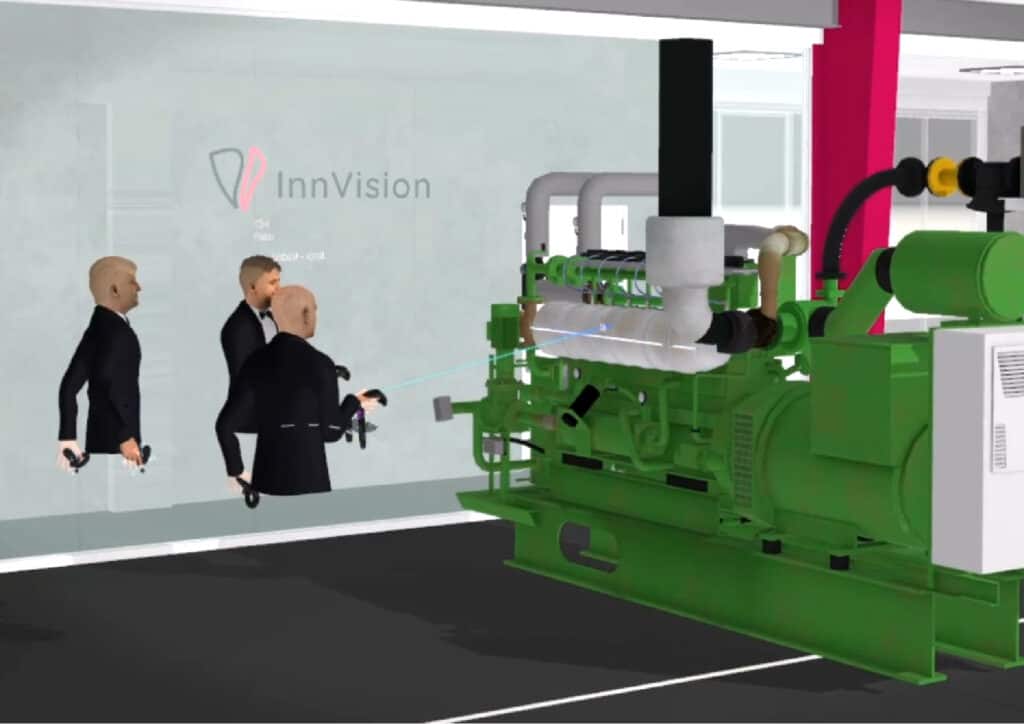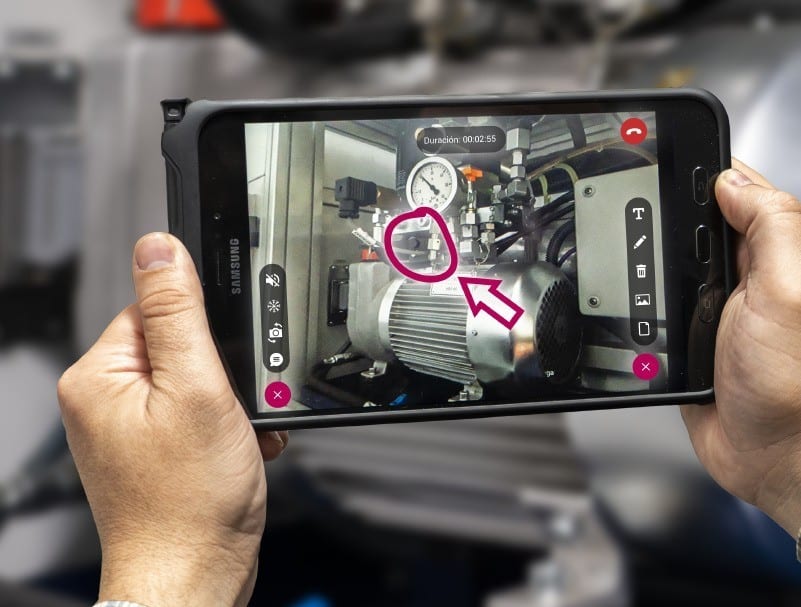The evolution towards Industry 4.0 is already undeniable, with a number of companies betting on digitalisation to take their business to the next level. As a study by Pwc indicates, 82% of Spanish companies are looking to adopt digitalisation measures to increase their revenues, and everything points to the percentage continuing to grow.
In this process, augmented reality and virtual reality technologies are becoming highly relevant, allowing companies to crystallise critical knowledge and provide access to it in an agile manner, as well as to visualise this content in an interactive and applied way.
Despite this clear trend, the truth is that many companies are still hesitant to embrace digital transformation. In this article, we will answer the 5 most frequently asked questions about industrial digitalisation, mainly based on the growing technologies of augmented and virtual reality.
"Do I really need to embrace digitalisation?"
The real question here should be: do I want my company to remain competitive in the marketplace? The industrial landscape is undergoing an increasingly rapid digital transformation, and ignoring the direction the market is taking means being left behind. Applications of augmented reality and virtual reality in industrial environments enable efficiency to soar thanks to their speed of knowledge deployment, their non-existent geographical limitations and a homogeneity in the critical knowledge transmitted. The answer to whether it is necessary to adopt digitalisation is relative to the future you see for your company. Keeping things as they are is an option, but it means condemning the business to enter a phase of maturity. Adjusting to where the market is, where the competition is, is key to continuing to empower your business.
"Is it economically profitable?"
Cutting-edge technology tends to be associated with stratospheric costs, but while it is true that innovation comes with some expense, there are also many ways to digitise your business affordably. As the technology market consolidates, devices and services are becoming cheaper and more adapted to the public. When it comes to cost-effectiveness, the answer is yes.

The only obstacle that raises concerns is the initial investment, but this is soon cushioned as the benefits of digitisation take off. Applying virtual reality to product sales, for example, saves money by reducing the error rate and optimising the layout design process, as well as avoiding travel costs.
"Is adaptation and change management very hard work?"
It can be, but it doesn’t have to be. It all depends on what solution you want to implement, so this widespread prejudice remains a misleading idea. At Innovae we understand the fear of change, which is why we offer augmented and virtual reality solutions for industry that are easy to implement. These are projects that drastically optimise work dynamics, but do not require prior knowledge of the technology used. Actually, the most difficult step towards digitalisation is the decision to go digital. From that point on, we make sure that we adapt the technology to your environment.
"Does technology isolate workers?"
Quite the opposite. Many of the methods of digitisation are based on collaboration, allowing people to connect even from a distance. This is the case of our ATR tool, which offers remote technical assistance in real time. This makes it possible to speed up and dynamise the resolution of incidents with augmented reality, offering extended communication with all kinds of functionalities.

Technology is an ideal tool for boosting collaborative synergies and providing an additional communication space.
"To what extent does it add value to my company?"
Industrial digitisation brings benefits for all parties involved. On a general level, digital transformation enables a reliable safeguarding of first-level intangibles, such as knowledge about operations, equipment, manufacturing… This information is managed in an orderly and centralised way, allowing for a quick and easy subsequent dissemination. As a result, front-line workers are better served and have a critical amount of knowledge to perform their tasks correctly. By being more efficient and avoiding certain costs, the company will therefore generate more revenue in less time. In addition, there are solutions that reflect an attractive and differentiating profile for customers, who can be served in innovative and even immersive ways. The added value covers all areas, so adopting digitalisation with augmented reality and/or virtual reality is a clear boost for your company.
Now that these questions have been answered, it is time to take action. To do this, at Innovae we offer you a variety of industrial augmented and virtual reality solutions to adopt in your company.
If you want to know more about how to optimise your business with digitalisation, please contact us.


